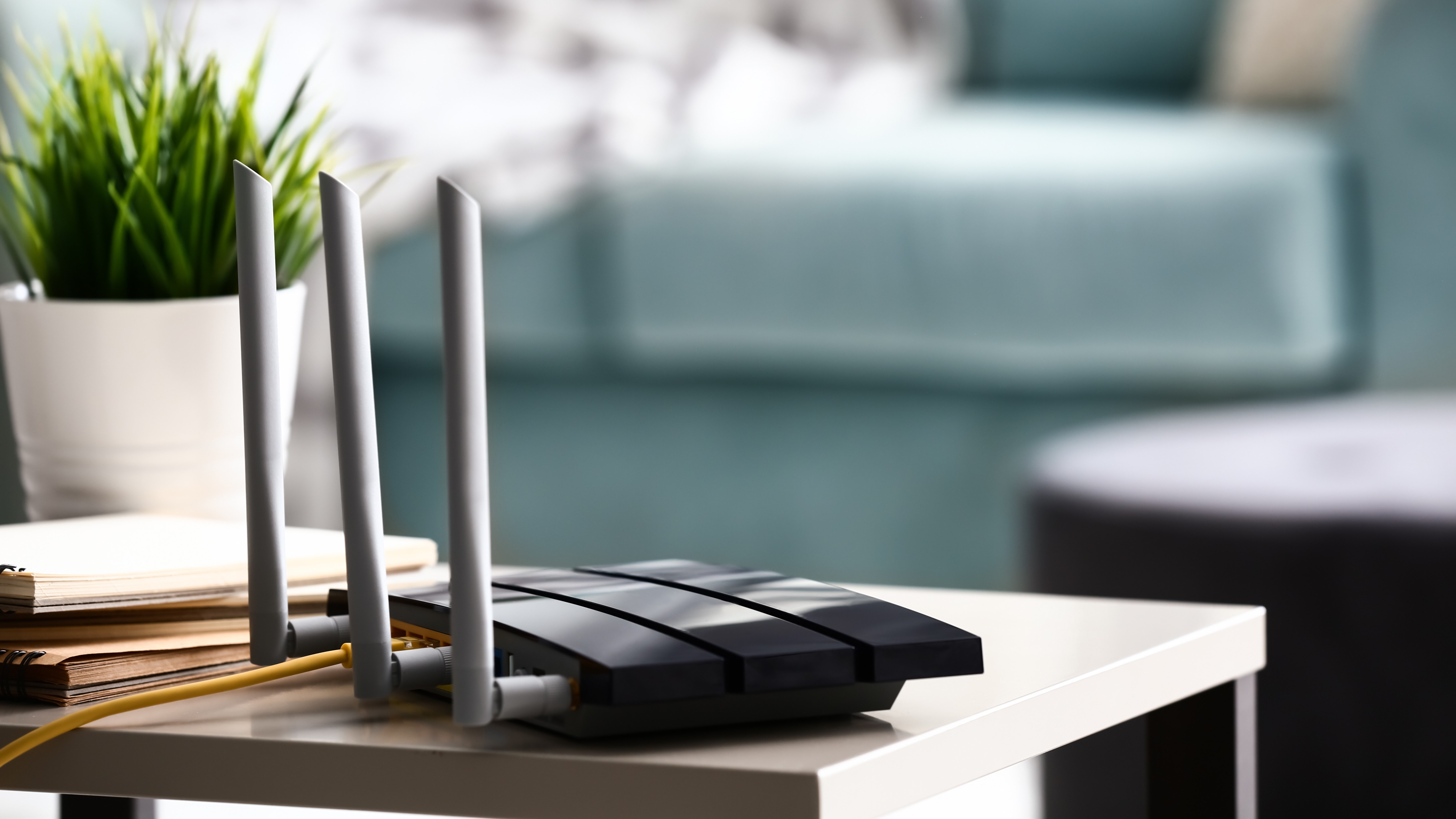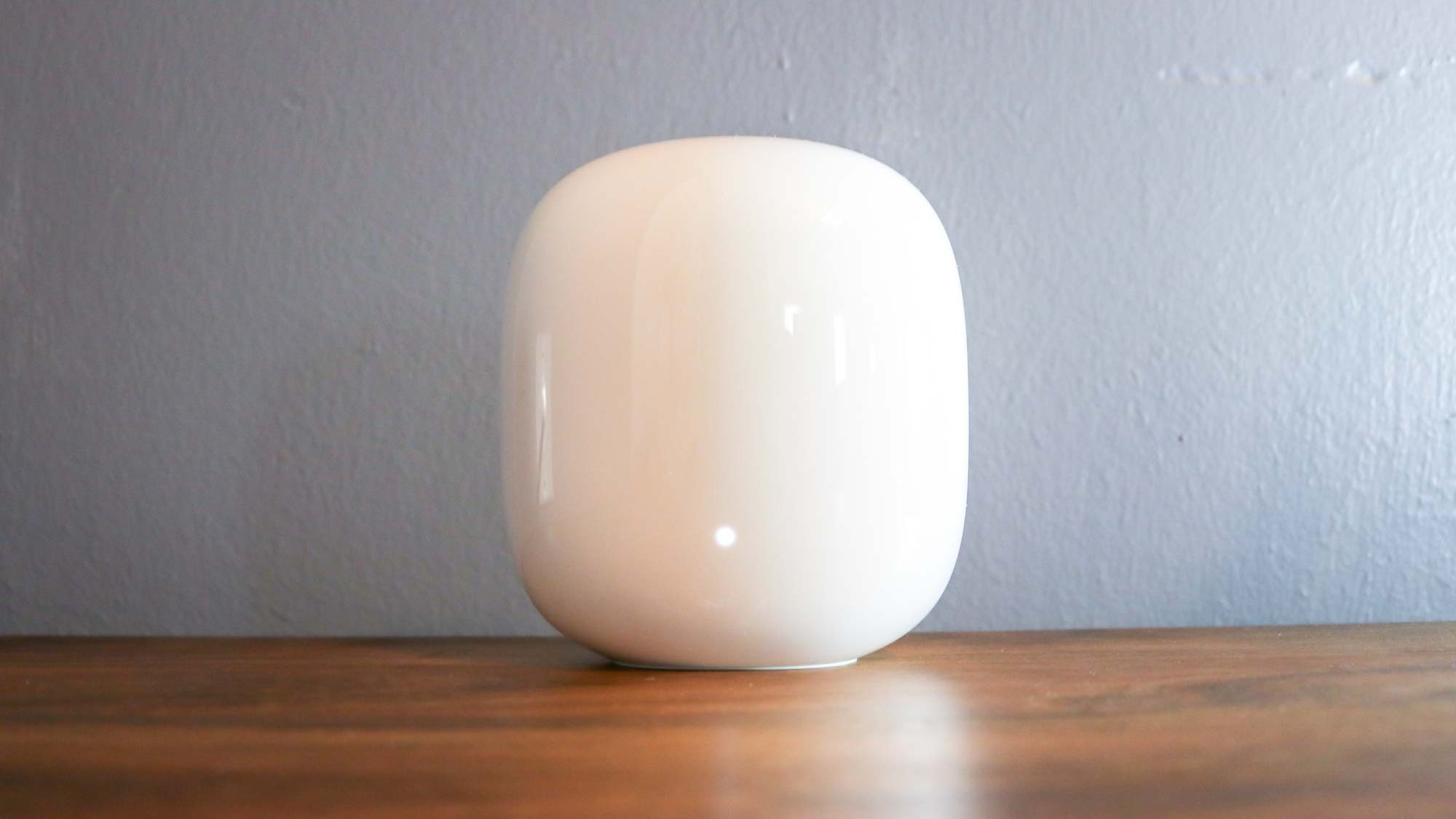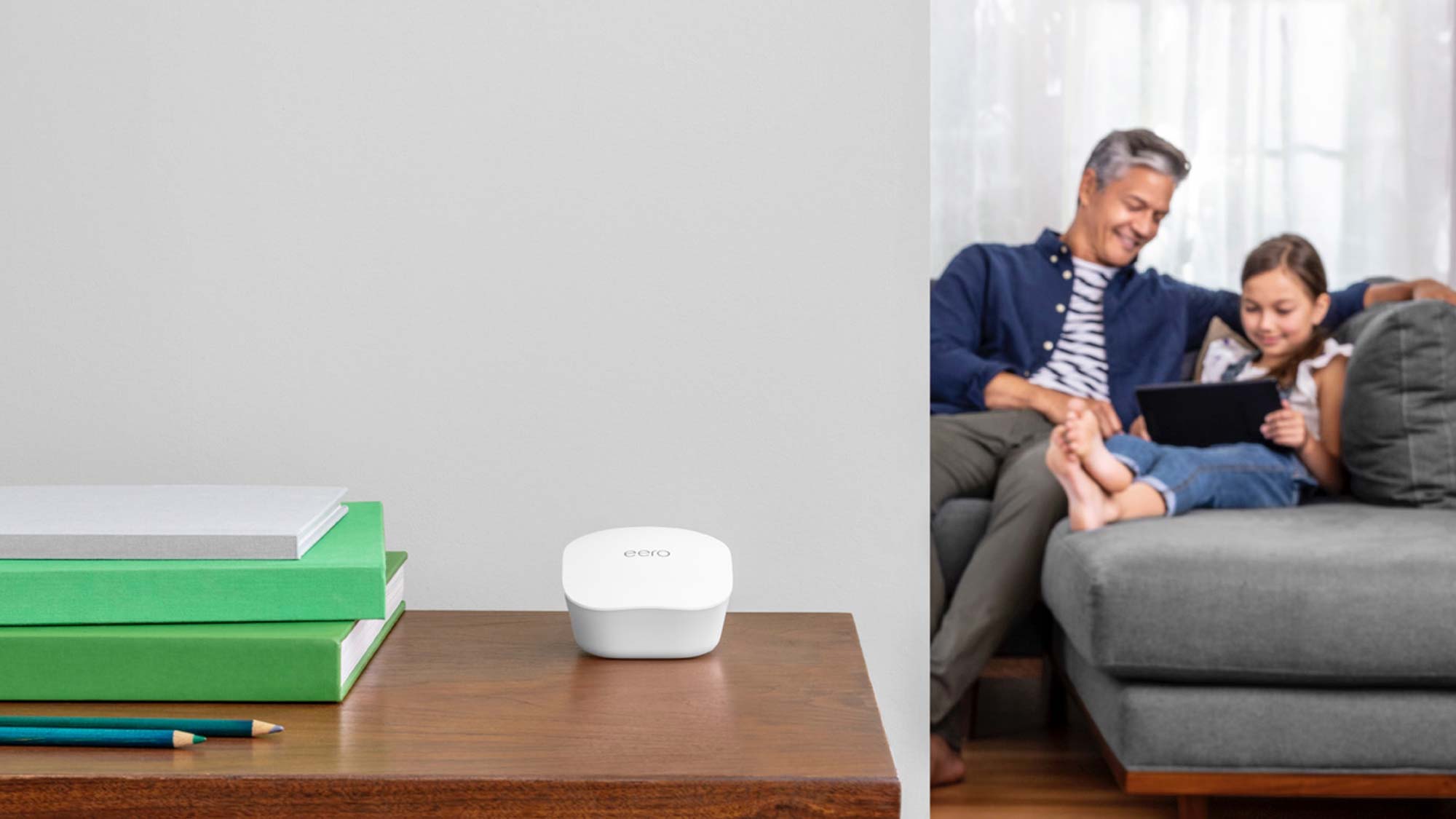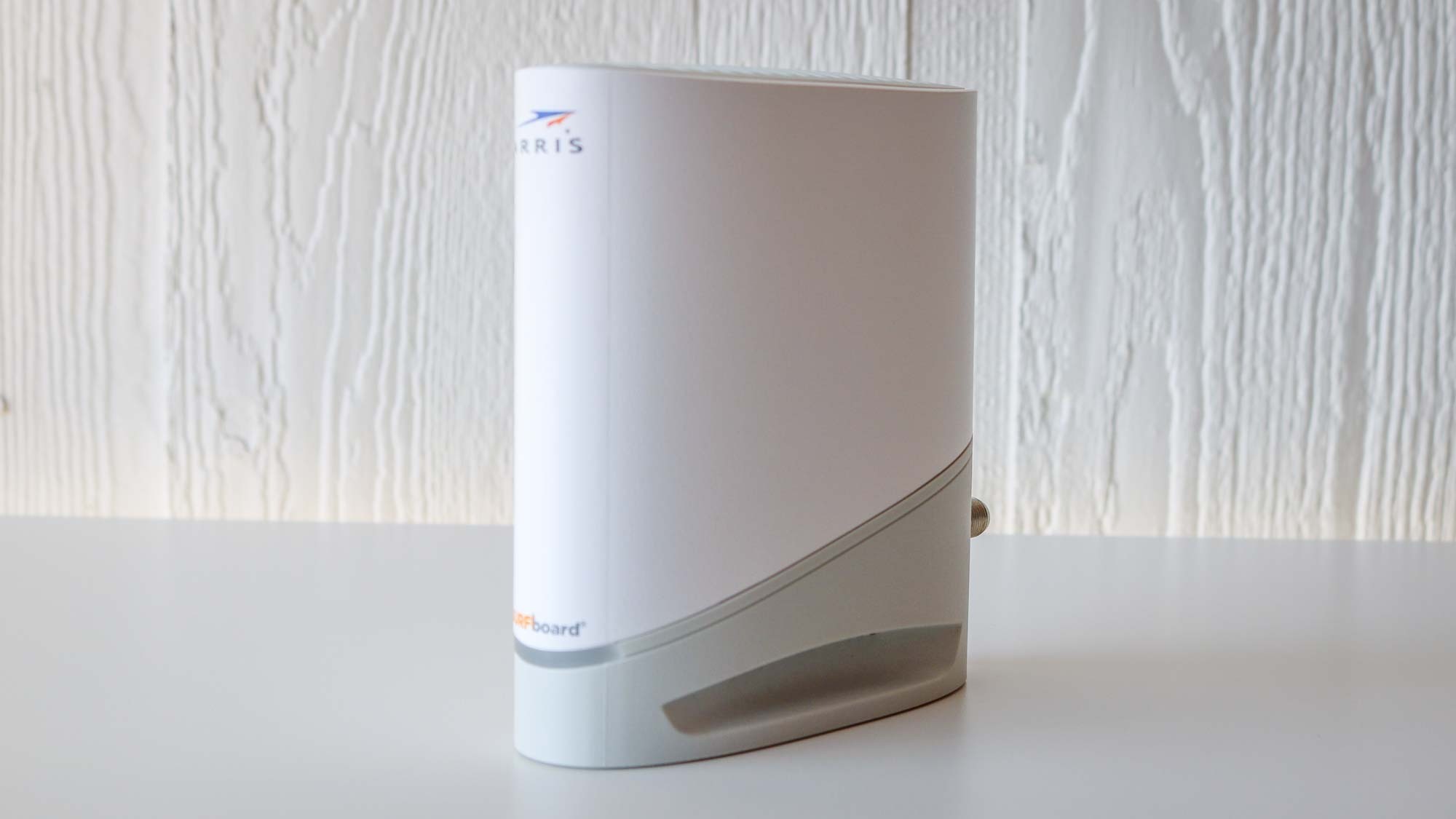5 reasons why you should buy a router instead of using the one from your ISP
That free router you got from your ISP could actually be adding to your monthly bill

If you switch your internet service provider (ISP) or sign up for a new internet plan, chances are that the company you’re dealing with will set you up with a new Wi-Fi router as part of the deal. However, there are plenty of advantages to using your own Wi-Fi router instead.
Although we now use the Internet for almost everything, most people don’t think twice about their home Wi-Fi network until something goes wrong. Maybe your internet connection has gone down, you can’t keep all of your devices connected at the same time or you’re noticing several Wi-Fi dead zones in your home. If you’ve experienced any of these problems, perhaps the idea of upgrading to one of the best Wi-Fi routers has crossed your mind.
When you use the Wi-Fi router supplied by your ISP upgrades are few and far between, as internet companies rarely roll out new devices since they have so many customers to serve. In fact, by using your ISP’s router you're missing out on the latest Wi-Fi technology and plenty of other extra features.
Even if you’re new to home networking or aren’t that tech savvy, setting up your own Wi-Fi router is far easier than it used to be. Here are five reasons why buying your own router makes a lot more sense than using the one supplied by your ISP.
1. It can save you money in the long run
Depending on your ISP, you may actually be paying a rental fee each month to use their Wi-Fi router. While AT&T did away with its equipment fees last year, other ISPs haven’t followed suit. For instance, Frontier charges $10 per month for its routers, Comcast charges its Xfinity customers $14 per month and HughesNet charges $15.
Not every ISP lets you skip these fees but some (like Xfinity) do. Let’s say you're an Xfinity customer that wants to ditch your ISP’s router. Over a two-year period, you end up paying $336 to rent your Wi-Fi router. For this price, you could upgrade to one of the routers on our list of the best Wi-Fi 6 routers and the device would pay for itself over that same time period. Plus, since routers have an average lifespan of three to five years, you’ll be saving money in the long run.
2. Improved speeds and range
By upgrading to a Wi-Fi 6 router or even one of the best Wi-Fi 6E routers, you’ll be able to make full use of the internet speeds you pay for. This will also allow you to have more devices including the best smart home devices connected at the same time — perfect for a house with lots of users hungry for bandwidth.
Sign up to get the BEST of Tom's Guide direct to your inbox.
Get instant access to breaking news, the hottest reviews, great deals and helpful tips.

A newer Wi-Fi router will also get you increased range which can help eliminate Wi-Fi dead spots. However, you also have the option of using one of the best mesh Wi-Fi systems to completely cover your home with a strong Wi-Fi signal. While there are some budget picks on our list, we’ve also put together a roundup of the best cheap mesh Wi-Fi systems that can all be had for less than $100.

When you use a Wi-Fi router from your ISP, you just don’t have this same kind of flexibility when it comes to expanding the reach of your Wi-Fi network. However, you can always use one of the best Wi-Fi extenders with your ISP-supplied router to eliminate dead zones but you will have to switch between networks as you move throughout your home.
3. Complete control over your home network
Using your own Wi-Fi router gives you complete control over your home network since it is your equipment after all. This means you can tinker with settings that would otherwise be locked and tune things just to your liking.
One of the best things about newer Wi-Fi routers and mesh Wi-Fi systems is that they can be set up and controlled via an app. These apps also make it easier to do things like creating a guest Wi-Fi network or choosing which devices to allow and block on your home network.

There are some other extras depending on which device you choose but one that caught my attention recently is Eero Internet Backup. With one of Amazon’s routers, you can have your phone’s mobile hotspot provide internet access to the other devices on your network when there’s an outage to avoid disruptions.
4. Enhanced security

These days most networking companies either include their own security software with their Wi-Fi routers or have a licensing deal with a cybersecurity firm. Either way, your home network and the devices connected to it are better protected from cyber threats. Likewise, since they let you use an app to manage your home network, it’s easier to check for threats and some companies provide you with reports based on what they find. As I’m currently using the TP-Link Deco XE75 for my own home network, I just tap on the Security tab in the Deco app to run a security scan.
Besides the built-in security software or optional subscription security software offered by networking companies, it’s also a lot easier to update the firmware of your Wi-Fi router through an app than by logging into your router’s administration site in a browser. These firmware updates contain vulnerability patches and other updates to make your devices and your network more secure. You can install these on your own and you don’t have to wait for your ISP to push out an update to all of its devices.
5. Bandwidth prioritization

If you have a lot of people and connected devices in your home, ensuring that everyone and everything gets the right amount of bandwidth can be difficult. Maybe you notice slow downs on your computer during video calls when someone else is watching Netflix or find it hard playing games online while others are using the internet.
A new Wi-Fi router can help with these problems since they include Quality of Service (QoS) settings that let you prioritize where your home network’s bandwidth is going. In your router’s app, you can pick which devices are the most important. This ensures your laptop or computer gets priority over your smart TV when you need it the most — like when you’re working from home.
Don’t forget about your modem
Buying your own Wi-Fi router is not only a great investment; it can be a real learning experience since you’ll need to troubleshoot some problems on your own. Thankfully, networking companies have plenty of self-help resources available to help you fix any problems that arise.

While buying your own Wi-Fi router can help eliminate equipment rental fees from your ISP, don’t forget about your modem. Most ISPs offer modem-router combos to their customers and these devices contain both a modem and a router in the same package. While you can purchase your own modem-router combo, it’s generally a better idea to have two separate devices instead. This way you can upgrade to a new Wi-Fi router when a new wireless standard like Wi-Fi 7 is released without having to get rid of your modem. If you really want to completely break free from your ISP, check out our list of the best cable modems.
We use the internet every day for all manner of things and having your own Wi-Fi router at home gives you a lot more control over that experience. Doing so can also help save you money while giving you access to better technology and features along the way.

Anthony Spadafora is the managing editor for security and home office furniture at Tom’s Guide where he covers everything from data breaches to password managers and the best way to cover your whole home or business with Wi-Fi. He also reviews standing desks, office chairs and other home office accessories with a penchant for building desk setups. Before joining the team, Anthony wrote for ITProPortal while living in Korea and later for TechRadar Pro after moving back to the US. Based in Houston, Texas, when he’s not writing Anthony can be found tinkering with PCs and game consoles, managing cables and upgrading his smart home.
